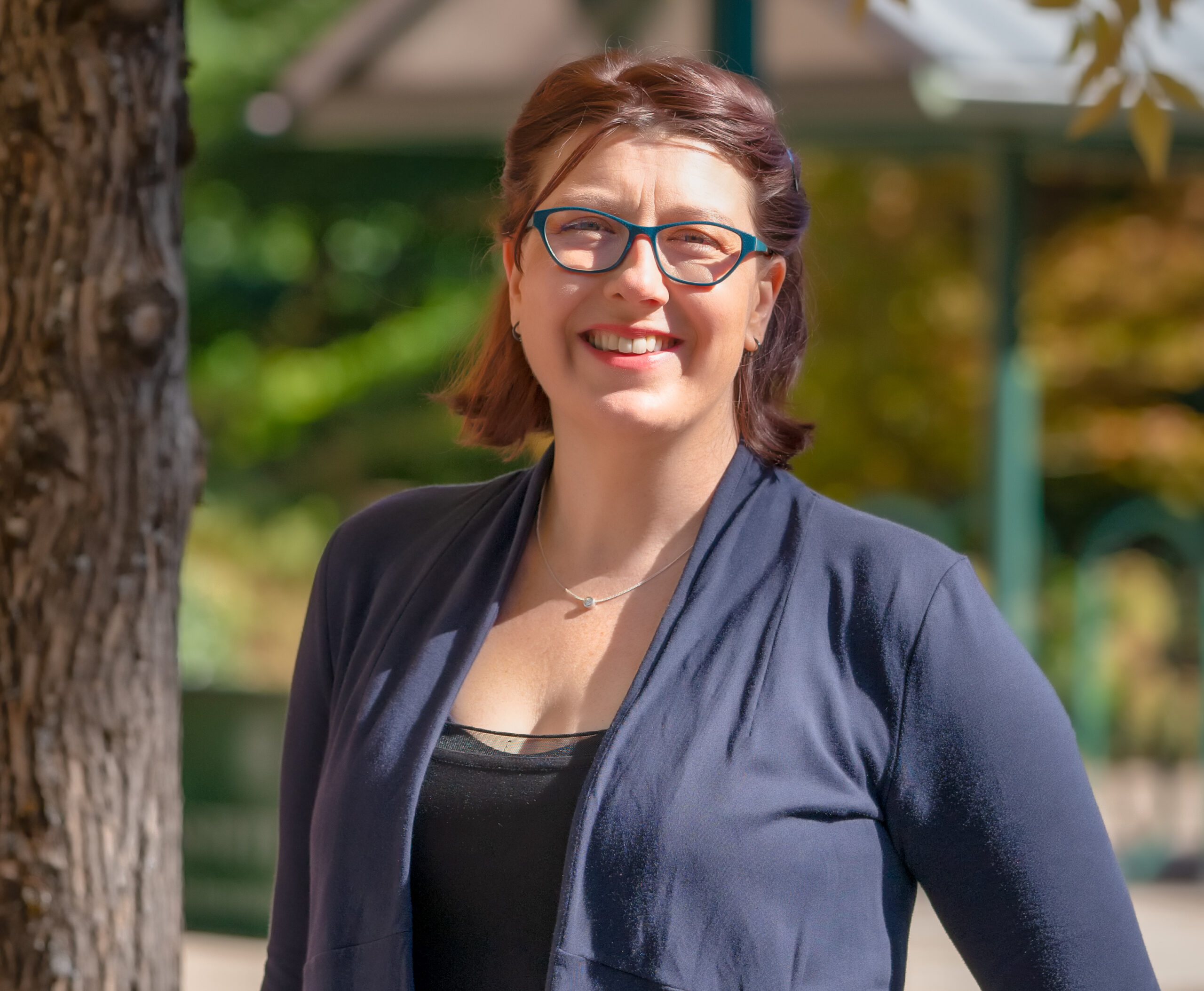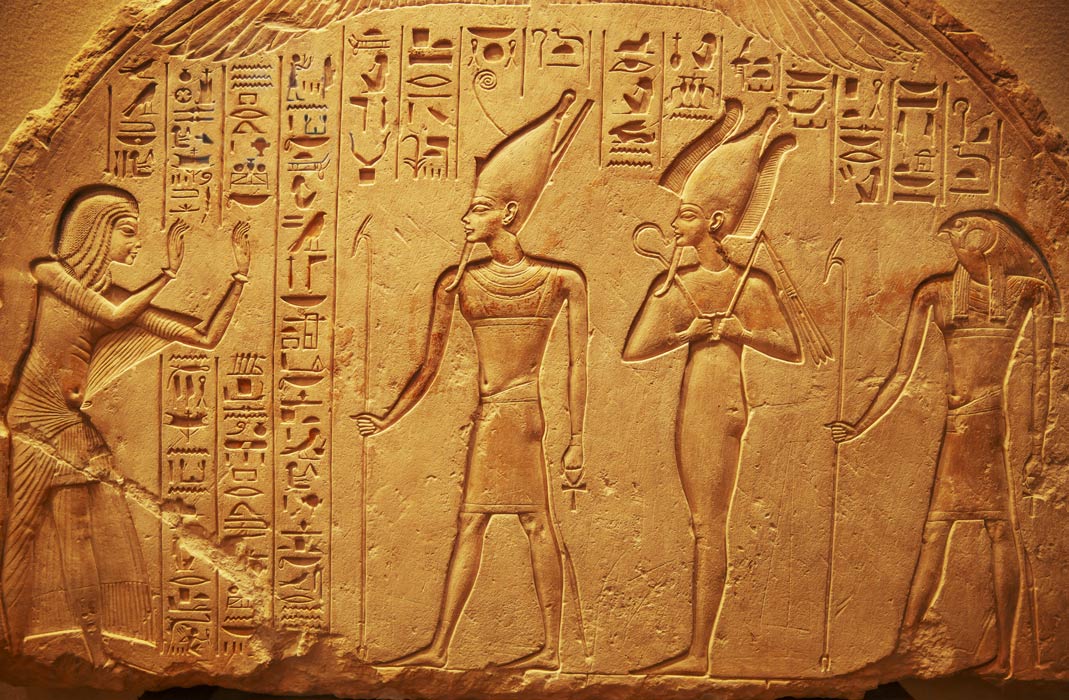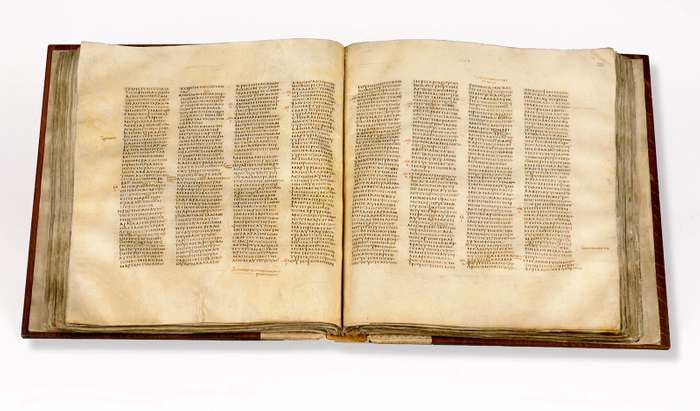Letizia Cerqueglini (Tel Aviv University) presented on the spread of Egyptian language found in ancient Hebrew. Her presentation focused on linguistic and cognitive distinctions in the etymology of Afroasiatic languages. She begins by asking how we can separate Afroasiatic linguistic heritage from direct loanwords in antiquity. Her presentation considers many aspects of the connection between Egyptian and Semitic languages.
Some of the linguistic connections Cerqueglini explored include words for “dark” (Eg. km, Hb. khm, ‘km, Ar. ‘kkym), and “bird” (Eg. kappara, Hb. kippur). She noted the use of the Egyptian word Charoset, meaning “mud” or “paste” in the Hebrew tradition to mean a sweet paste of fruit and nuts used as part of the Passover Seder as a reminder of the time the Hebrews were slaves, building the Pyramids with such a paste. She also drew a parallel between the Egyptian word chunkhekh, meaning “to make an offering,” and the Hebrew word Chanukkah, meaning “to dedicate.” Finally, she brought up Egyptian names that became important in the TaNaK, like Moses, Miriam, Aaron, and Phinehas. She expanded on these connections as not merely linguistic or lexical, but also evidence of shared cognitive spaces, like how color is imagined (i.e., what is dark and light) and how ordinal direction is conceived.
As evidence for spatial and directional awareness, Cerqueglini looked at Egyptian and Bedouin Burial practices. The Egyptians were buried with heads in the North, facing the South, which also defined their directional orientation. Meaning that for the Egyptians, the East was Left (instead of ‘right,’ as it is the West). Bedouin internment placed bodies with heads in the West, facing East. Egypt maintained an orientation to the South, while Akkadian and Hebrew traditions maintained orientation to the East. The language diverges, but spatial orientation is rooted similarly. Her point was that Afroasiatic language families share cognitive biases as well as lexical similarities.
It was a little difficult to follow all of Cerqueglini’s linguistic comparisons since she was rushing to cover the next slide in her presentation. It is a challenge to give a presentation when one is so over-prepared. However, there was definitely enough material for a couple more hours of content.
In the end, there was no room for a significant discussion; however, one attendee who works in Egyptology posted a very blunt and direct disagreement with the premise of Letizia Cerqueglini’s presentation. He stated that her Egyptian translations were misapplied and mistranslated, and the connections were not adequately made. It was fascinating that this comment was neither addressed by the speaker nor by the facilitator. I wondered if this sort of statement could have been made as readily in an in-person context. Regardless, it is my opinion that the presenter tried to give too much for a single delivery. The subject matter was fascinating but lacked substantial cohesion in the presentation.
About this event
ANELC is a joint King’s College London–UCL series. This is the second year it is running as an online eLecture series. Read about #ANELC presentations. Also, read about other academic conferences.

Dr. Erica Mongé-Greer, holding a PhD in Divinity from the University of Aberdeen, is a distinguished researcher and educator specializing in Biblical Ethics, Mythopoeia, and Resistance Theory. Her work focuses on justice in ancient religious texts, notably reinterpreting Psalm 82’s ethics in the Hebrew Bible, with her findings currently under peer review.
In addition to her academic research, Dr. Mongé-Greer is an experienced University instructor, having taught various biblical studies courses. Her teaching philosophy integrates theoretical discussions with practical insights, promoting an inclusive and dynamic learning environment.
Her ongoing projects include a book on religious themes in the series Battlestar Galactica and further research in biblical ethics, showcasing her dedication to interdisciplinary studies that blend religion with contemporary issues.




